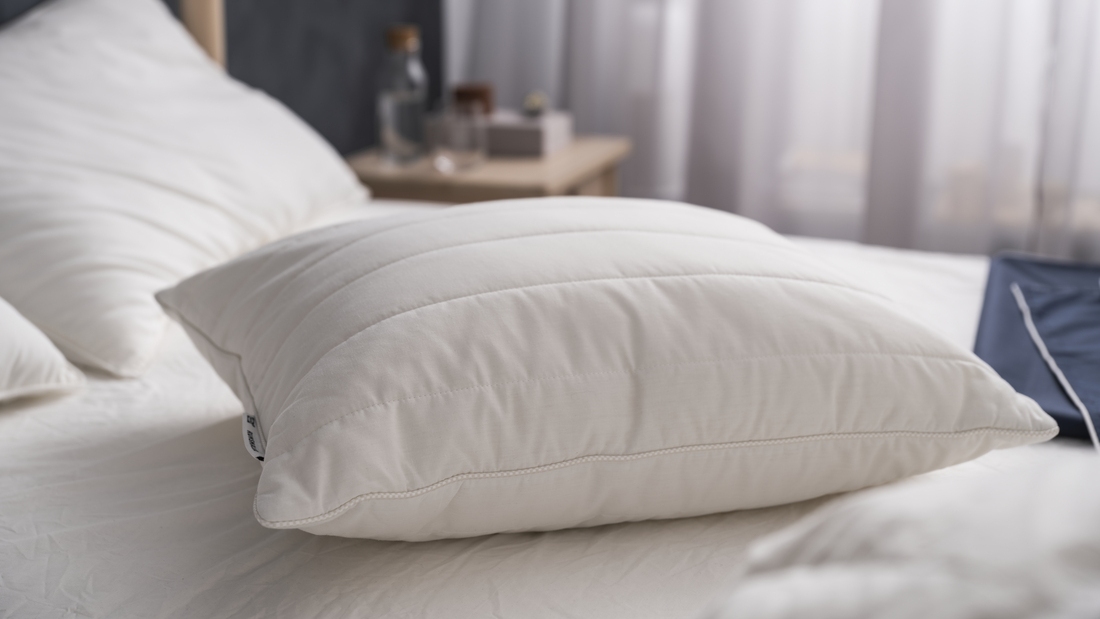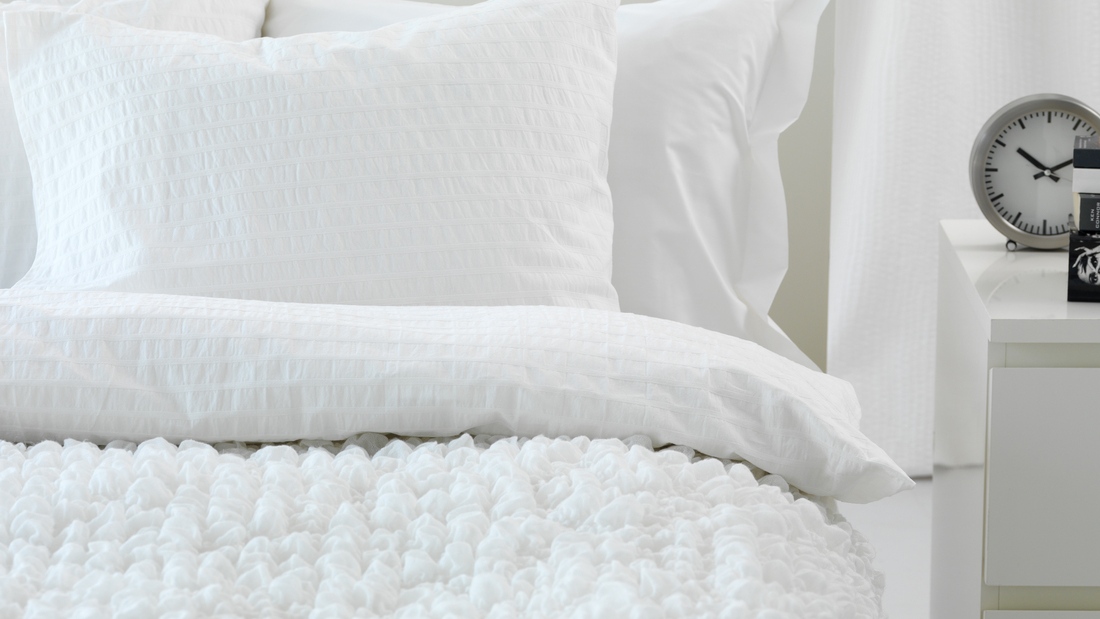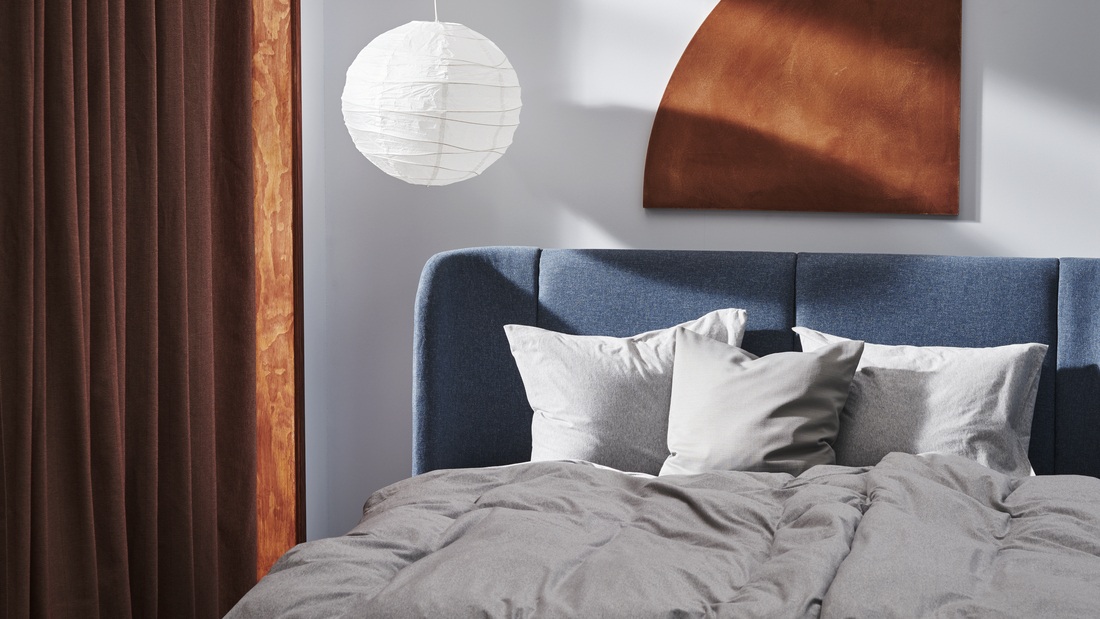Tips for choosing sleeping pillows: types, materials, and fillings for the best sleep experience



Choosing the right pillow greatly affects your sleep quality. A suitable pillow supports your head and neck, reduces the risk of neck pain, and enhances comfort while sleeping.
This article discusses tips for selecting the best sleeping pillows, covering various types, materials, and fillings. We will also recommend pillows based on your needs, whether it’s memory foam, latex, or feather pillows.
By choosing the right pillow, you can enjoy better sleep and reduce the risk of sleep disturbances caused by discomfort.
Read also: Create a comfortable sofa in the family room with Indonesian made chair cushions
Choosing the right pillow material is crucial as it directly affects your sleep quality. Let’s explore the details!
The material of your pillow plays a significant role in supporting proper sleep posture, enhancing comfort, and preventing issues like neck and back pain. This, in turn, impacts your overall health.
Pillows made from hypoallergenic materials can help prevent or reduce allergic reactions. These materials are designed to minimize exposure to allergens such as dust mites, mold, and pet dander, which often accumulate in traditional pillows.
Using hypoallergenic materials can improve bedroom air quality, promote comfortable sleep, and alleviate disturbances like nasal congestion or sneezing caused by allergies.
To ensure optimal sleep comfort, you need the right pillow material that meets your needs. Here are some options:
Microfiber is a synthetic material that is soft, lightweight, and commonly used for pillows due to its ease of care. It is washable, durable, and remains in good condition even with frequent use.
This makes microfiber a practical choice for those seeking comfort and low-maintenance options.
Memory foam pillows conform to the shape of your head and neck, providing optimal support.
This material helps maintain an ergonomic sleeping position, reduces pressure, and prevents neck and back pain, ensuring a more comfortable sleep experience.
Wool has natural thermal properties that help regulate body temperature during sleep.
It is ideal for all seasons, offering warmth in winter and comfort in summer, thus improving sleep quality with optimal temperature balance.
Feather pillows, especially goose-down varieties, provide classic comfort with their plush softness, offering a luxurious sleep experience.
These pillows are perfect for those seeking extra comfort and preferring soft, high-quality options.
Cotton, a natural and eco-friendly material, is ideal for tropical climates like Indonesia.
Its sweat-absorbing and breathable properties make it a comfortable choice, especially in hot weather, ensuring a cool and pleasant sleeping experience throughout the night.
Latex is a long-lasting material that supports good health. With its anti-dust properties, latex promotes a healthier sleep environment, making it an excellent choice for allergy sufferers.
It ensures a clean and comfortable sleeping experience.
Dacron is a flexible and affordable synthetic material. Widely available, it offers reasonable comfort at an economical price, making it an ideal choice for everyday use without a significant investment.
Kapok, a lightweight and eco-friendly traditional Indonesian material, is commonly used in local pillow products.
It provides natural comfort and supports environmental sustainability with a low carbon footprint.
When selecting the right pillow material, consider several factors to ensure optimal comfort and sleep quality. From comfort levels and durability to ease of care, these factors play a crucial role in enhancing your sleep experience.
Let’s explore the key aspects to consider when choosing pillow materials.
Read also: The good bed position for a proper room layout
The comfort level of a pillow, including its softness and firmness, should align with individual preferences.
Choosing the right pillow can improve sleep quality, ensuring a more restful night by supporting good posture and overall body comfort.
Pillow materials that are easy to maintain tend to last longer, reducing the need for frequent replacements.
Durability and low-maintenance materials help save costs in the long run, making the right pillow investment more efficient and practical.
IKEA supports the use of eco-friendly natural materials in its products, reducing carbon footprints.
By opting for sustainable materials, IKEA is committed to minimizing environmental impact, supporting sustainability, and reducing reliance on non-renewable resources.
Choosing the right sleeping pillow is vital for your sleep quality. The right pillow, such as memory foam, latex, or even kapok-based ones, provides optimal support for the neck and head, prevents neck pain, and enhances sleeping comfort.
At IKEA, you can find a wide selection of sleeping pillows made from various materials and fillings, including orthopedic pillows, microfiber pillows, and foam pillows tailored to your sleep preferences.
Choose the best pillow for your sleep health and Build Your Good Sleep #HanyadiIKEA
Please enter the verification code sent to your WhatsApp
Did not receive OTP?
Resend code in seconds